
The 1990s gave us many popular movies, but also a number of well-known failures that critics and audiences didn’t like. These films flopped for various reasons – messy production, poor writing, or inconsistent tone. They often serve as warnings in Hollywood about how to handle franchises, control budgets, and choose the right actors for roles. Here are twenty films from the decade that are better known for their problems than their achievements.
‘Batman & Robin’ (1997)

Joel Schumacher’s second Batman film embraced a bright, colorful style and focused on creating visually exciting scenes and marketable toys, moving away from the grittier feel fans anticipated. The movie featured the villains Mr. Freeze and Poison Ivy, portrayed with a lot of one-liners and extravagant sets. It later came out that the film was made quickly and the studio prioritized selling related products. Ultimately, this movie marked a turning point for the series, leading to a break before it was eventually restarted.
‘Showgirls’ (1995)

As a film buff, I’ve always been fascinated by Paul Verhoeven’s Showgirls. It’s a really intense, NC-17 drama about a dancer chasing her dreams in Las Vegas, but it doesn’t shy away from the darker side of that world. When it first came out, the marketing really leaned into the controversy, which, honestly, probably kept a lot of people from seeing it. Critics at the time weren’t too kind, finding the story overly dramatic and the acting a bit off. But over the years, it’s gained a dedicated following, especially through those late-night screenings where people started to really get what Verhoeven was going for. It’s become something of a cult classic, and I think it deserves a second look.
‘The Postman’ (1997)

Kevin Costner’s ambitious post-apocalyptic film features him as a wanderer who unexpectedly becomes a beacon of hope. However, its length and complex story didn’t quite resonate with viewers at the time. The movie was expensive to make and didn’t perform well in theaters, becoming a well-known example of a high-profile film that didn’t find an audience.
‘Wild Wild West’ (1999)
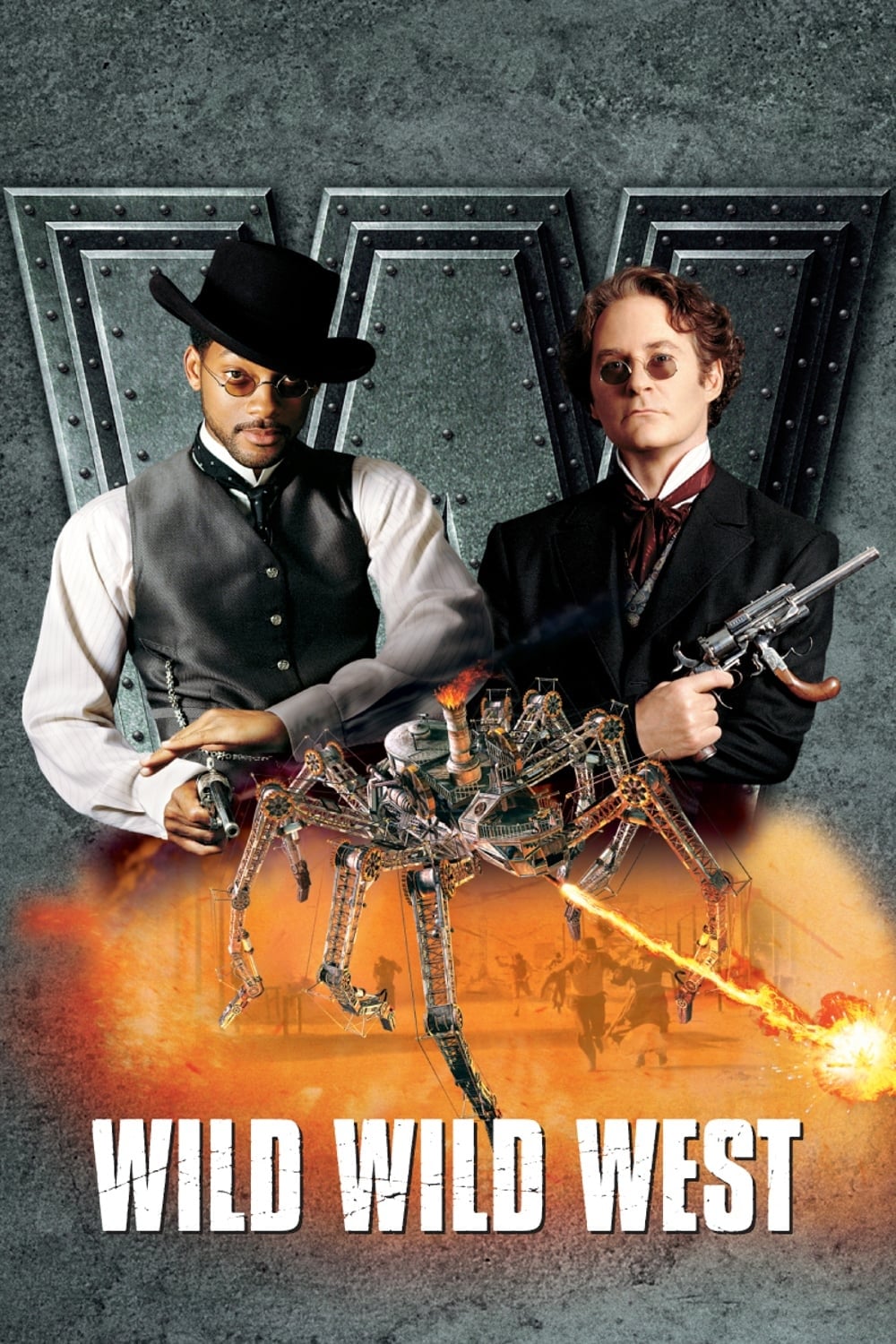
This action-comedy updates a familiar TV show with impressive visuals and intricate inventions, leaning into a steampunk style. However, mixing elements of westerns, science fiction, and a buddy-cop dynamic created challenges. Reports from the production suggest the script went through many changes and the creative direction wasn’t always clear. Despite a strong effort to sell related products, the movie received mixed reviews and didn’t generate much positive buzz.
‘Super Mario Bros.’ (1993)

As a film and gaming fan, I remember being really excited for that first big attempt to bring a video game to life with real actors. It went for a really dark and gritty feel, which was cool, but honestly, the whole production seemed troubled. There were a lot of script changes happening, and the final movie just didn’t quite click – it felt disconnected from the game I loved. Later on, people involved talked about how chaotic things were on set, with everyone having different ideas about what the movie should be. It really highlighted just how difficult it is to successfully adapt a game world for the big screen, and it’s become a prime example of what not to do when tackling that kind of project.
‘Cutthroat Island’ (1995)

Renny Harlin’s pirate movie was a big production, filmed on location with lots of real stunts and elaborate sets. However, it went over budget and faced delays, attracting negative attention. Despite these efforts, the film struggled to attract viewers, and its disappointing performance ultimately led to the failure of the company that made it.
‘Speed 2: Cruise Control’ (1997)
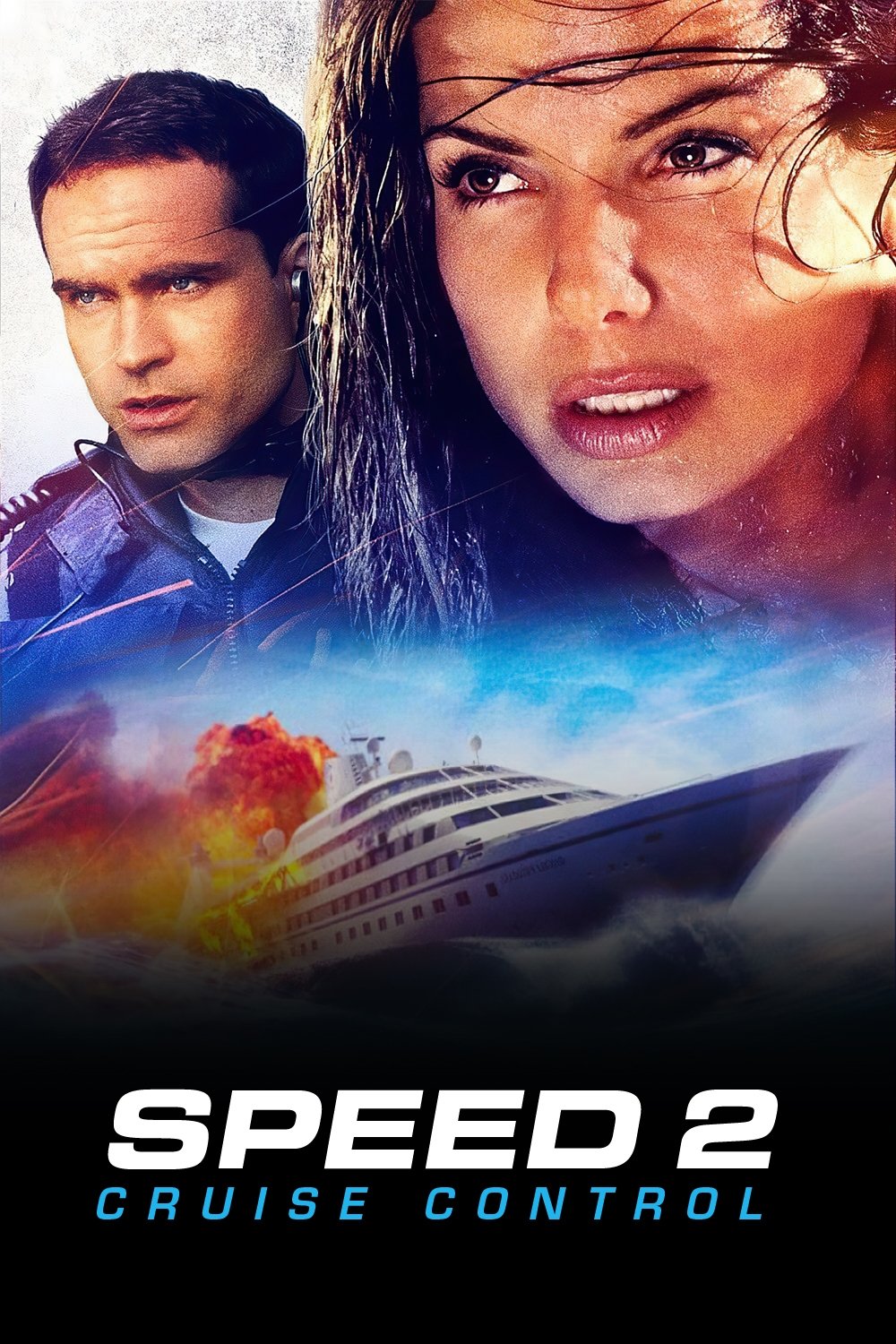
The second film in the series shifted the action from a city bus to a luxurious cruise ship and introduced a new main character pairing. However, this change of scenery diminished the intense, suspenseful feeling of the original. Critics noted the film lacked a sense of urgency and that the villain wasn’t very compelling. It’s often pointed to as an example of a sequel trying to be bigger and better, but ultimately losing what made the first movie successful.
‘Mortal Kombat: Annihilation’ (1997)
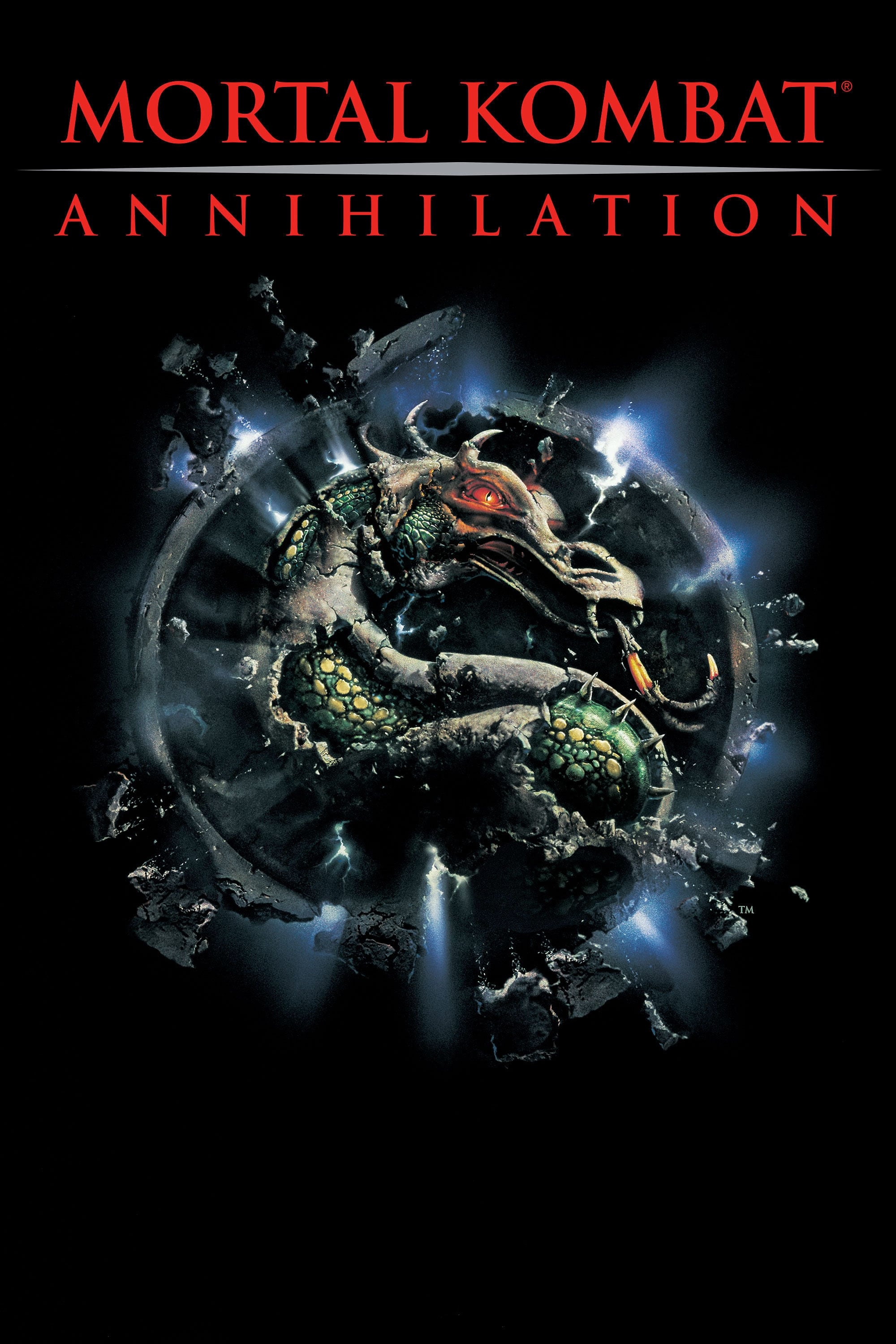
The sequel added more characters, but the story felt stretched too thin. The quality of the special effects and fight scenes wasn’t consistent throughout the movie. Many fans were disappointed that the story’s background wasn’t well-connected or explained. After the film came out, people talked a lot about the cast being changed and how quickly it seemed to have been made.
‘Street Fighter’ (1994)

The movie version didn’t delve deeply into any single character, instead trying to manage several storylines at once. It relied more on quick jokes and over-the-top action than on building a clear progression of events. Raul Julia’s acting was a particular highlight, according to reviews. Overall, the film’s reception showed how difficult it is to make a movie based on a game that doesn’t have a lot of story built into its world.
‘The Avengers’ (1998)
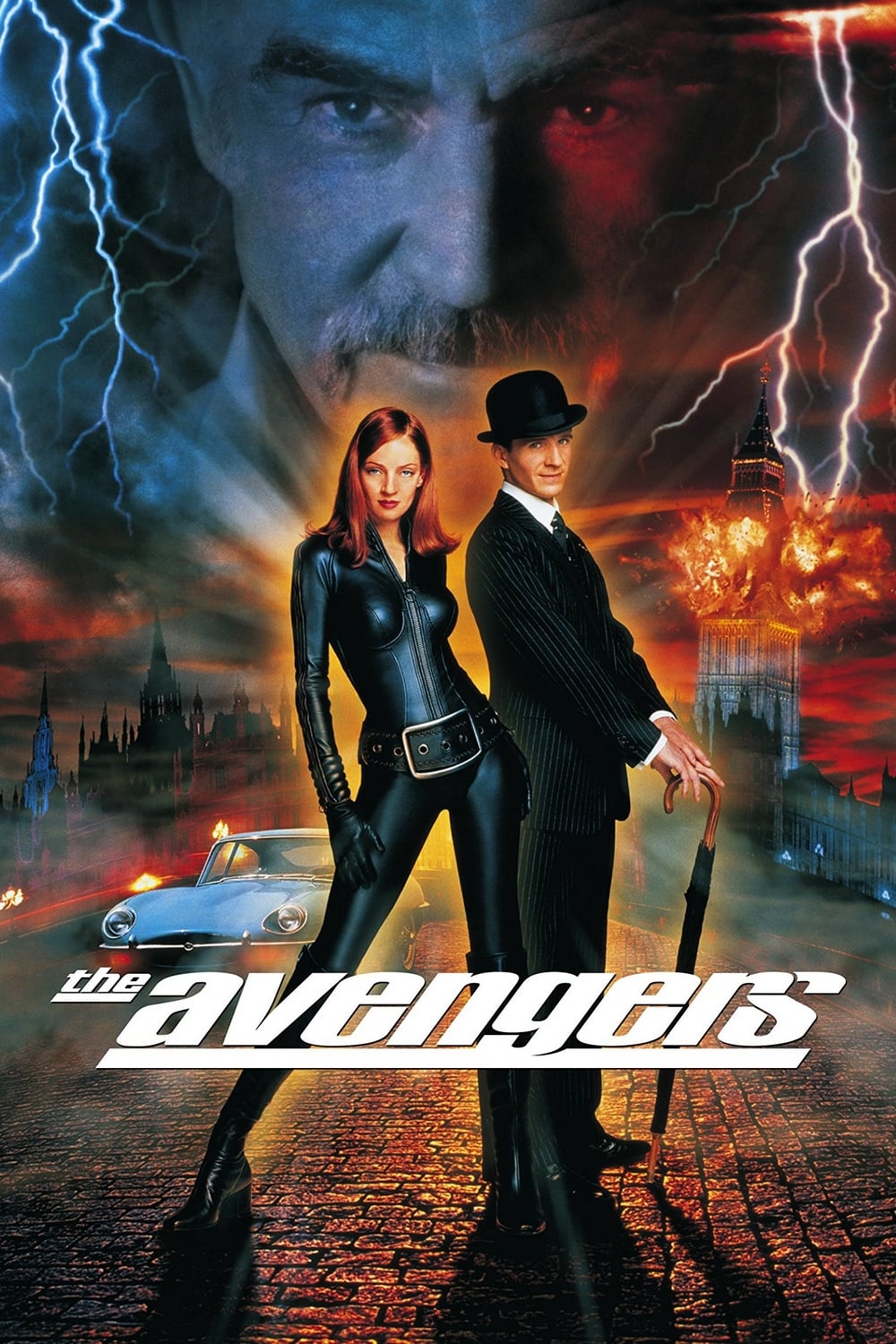
This new take on the classic spy series blended quirky espionage with dreamlike moments. However, editing choices apparently removed important character development and created plot holes. The show’s style jumped between playful and mysterious without settling on a consistent feel, leaving both longtime fans and new viewers unsatisfied.
‘Steel’ (1997)

This superhero movie was inspired by a DC Comics character and intended for families. However, it suffered from simple special effects and a small scope, which didn’t meet what audiences were starting to expect from the genre. Released when superhero movies weren’t doing well in theaters, the film proved that a well-known name isn’t enough to guarantee success.
‘Striptease’ (1996)

This movie, based on a Carl Hiaasen novel, was a satirical look at politics and fame, centering on a mother fighting for custody of her child. The marketing campaign highlighted shocking aspects of the story instead of its clever humor. This created a disconnect with viewers, as the film’s shifting tone didn’t meet expectations. Ultimately, it received more attention from the tabloids than from film critics.
‘Bio-Dome’ (1996)
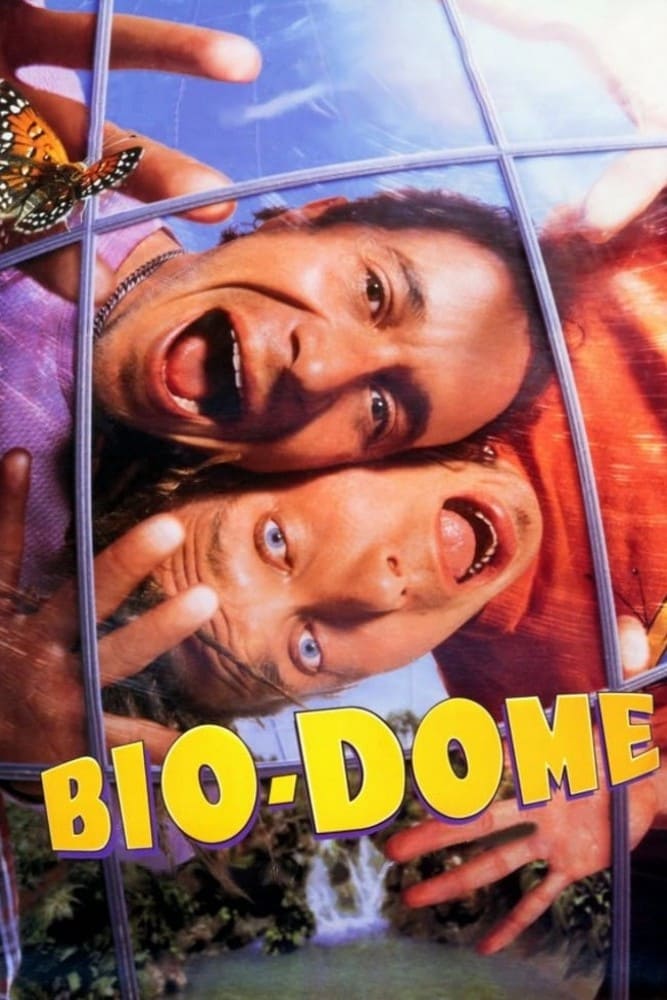
This funny movie follows two lazy guys who accidentally get stuck in a science experiment about the environment. While the idea had potential for clever social commentary, the film mostly relied on the same jokes over and over. It didn’t explore the environmental issues in much depth, which made it less interesting for many viewers. Critics at the time noted that the characters weren’t well-developed and the story didn’t really go anywhere.
‘Congo’ (1995)
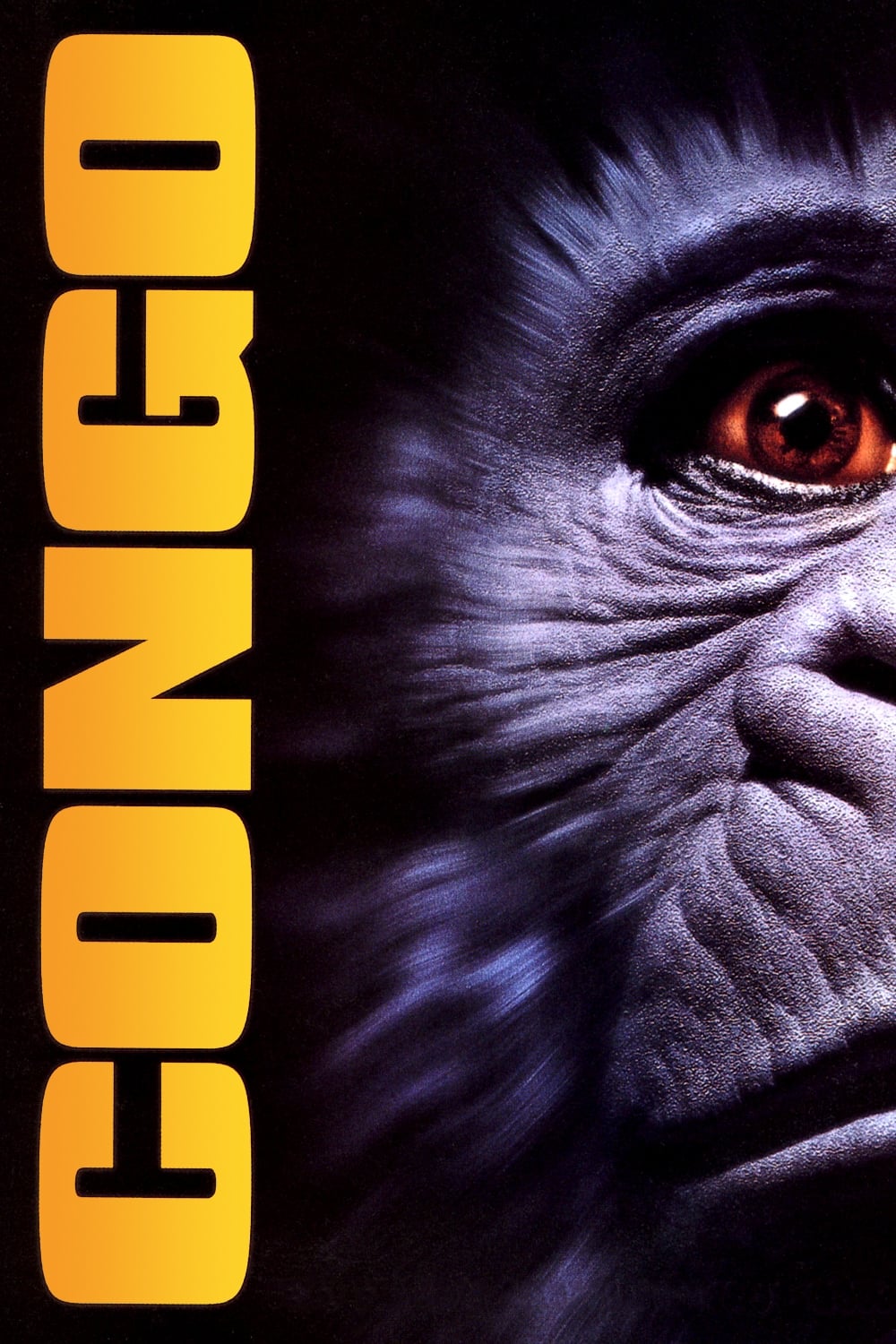
The movie, inspired by Michael Crichton’s book, combined a jungle setting with a story about business secrets and new technology. While the animatronics and special effects were ambitious, they didn’t always fully convince audiences. The advertising suggested a very clever and exciting film, but the movie itself wasn’t consistently thrilling. It started with reasonable ticket sales, but quickly lost momentum as people didn’t recommend it to others.
‘The Island of Dr. Moreau’ (1996)
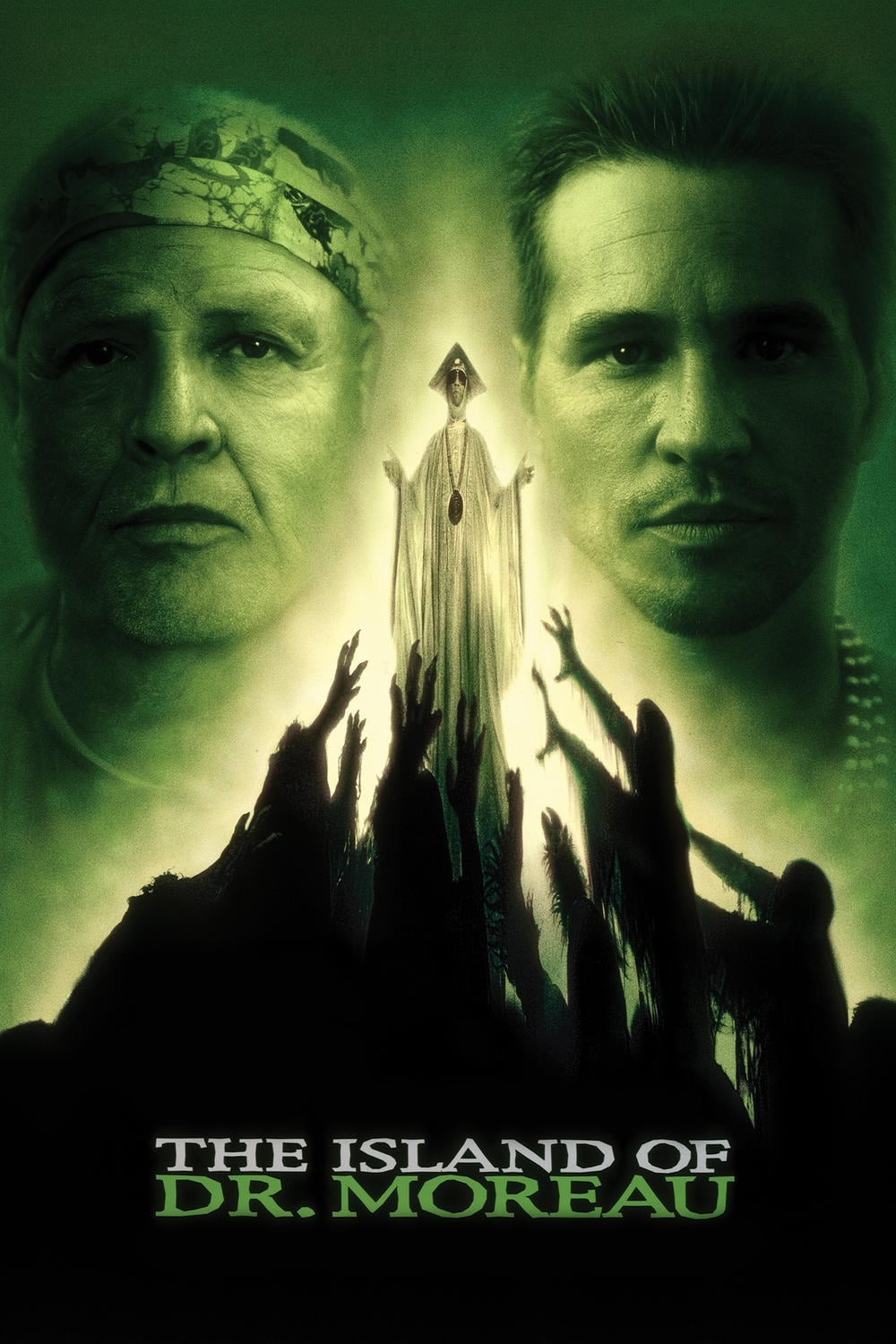
The film’s production was famously troubled, with the director being replaced, the script constantly revised, and arguments happening on set. While the makeup and creature effects were impressive, they couldn’t save a story that felt fragmented and confusing. Actors apparently had to deal with last-minute changes to the script during filming. Ultimately, the finished movie reflected all the chaos that happened behind the scenes.
‘Hudson Hawk’ (1991)

This funny, adventurous movie combined over-the-top silliness with exciting international locations. However, its constant joking about itself made it hard to figure out who the movie was for. Despite some changes after test audiences saw it, the film still felt tonally inconsistent. Ultimately, it gained a dedicated following because of its unique combination of wacky humor and large-scale action.
‘Nothing But Trouble’ (1991)
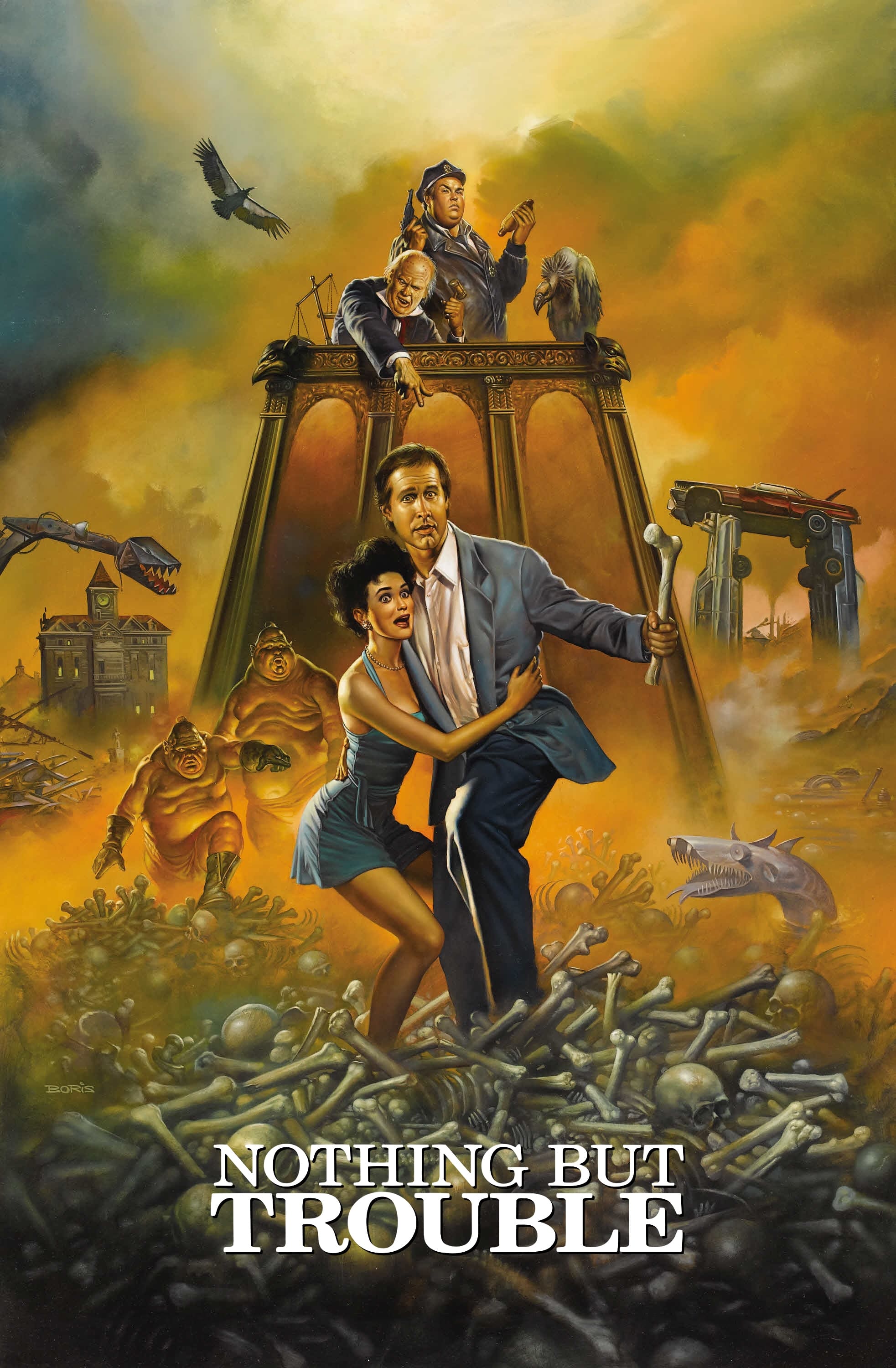
Dan Aykroyd’s darkly humorous film featured outlandish sets and a strange visual style. Its mix of scary and silly elements made it difficult to promote. From the beginning, viewers either loved it or hated it. Over time, it gained recognition as a uniquely strange and ambitious project from a major studio.
‘Stop! Or My Mom Will Shoot’ (1992)
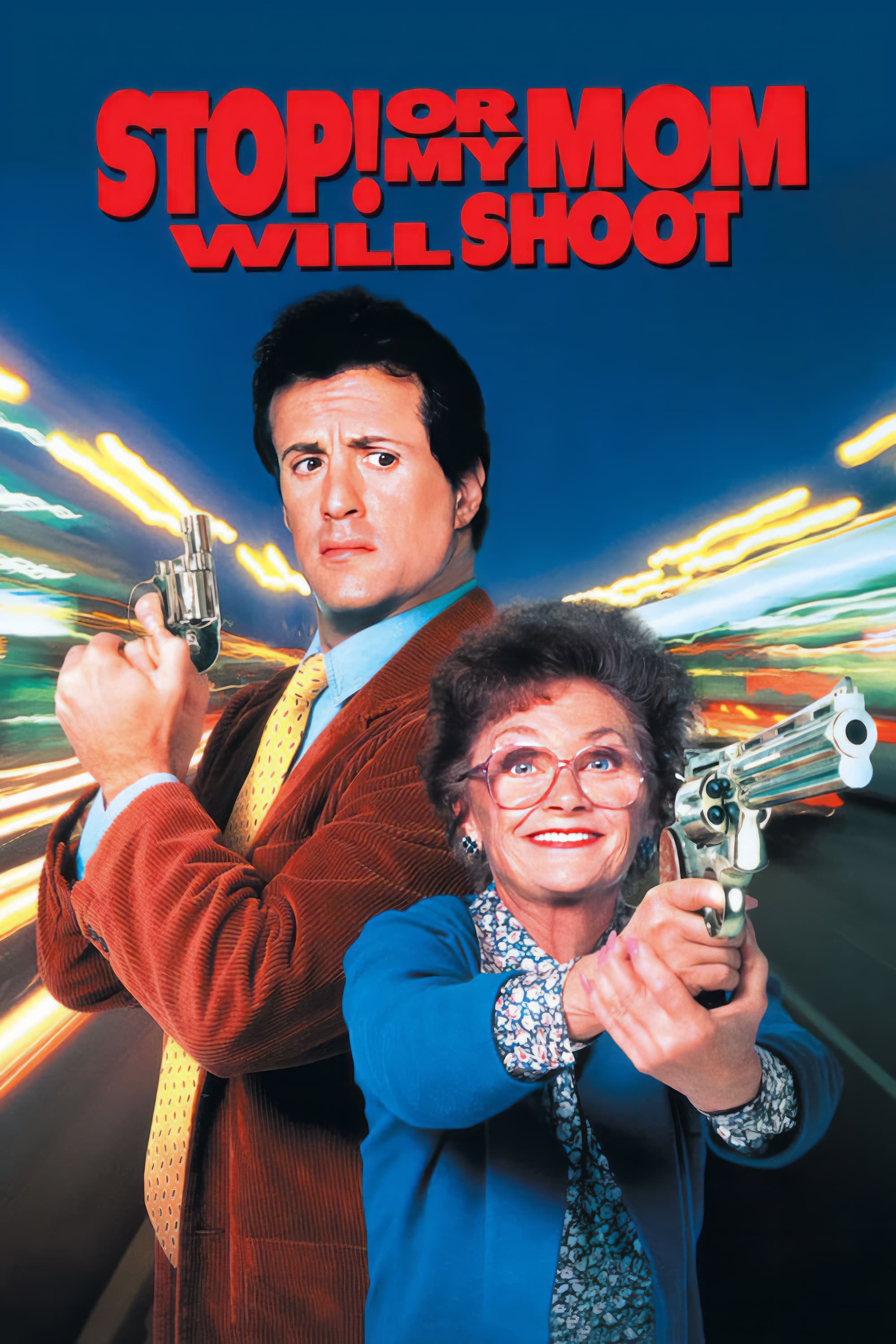
This comedy featured a police officer forced to work with his meddling mother. While the idea sounded funny at first, the movie struggled to deliver consistent humor. Critics noted the predictable action sequences and low-stakes plot. It’s often brought up as an example of a movie where the pairing of actors just didn’t work.
‘Godzilla’ (1998)

Roland Emmerich’s new version of the film updated the monster’s appearance and moved the action to New York City. The marketing campaign built anticipation by only showing glimpses of the creature before the film’s release. While visually impressive, critics found the characters underdeveloped and the movie focused too much on special effects. Despite a large marketing push, the film didn’t quite live up to expectations for many viewers.
‘Waterworld’ (1995)

This post-apocalyptic film was ambitious, with huge water-based sets and challenging stunts. It became well-known for going over budget and experiencing delays due to bad weather. Although it did okay internationally, audiences in the US weren’t very enthusiastic. Despite this, it’s still studied as an example of a massive production facing difficulties with its size, timeline, and the pressure to deliver.
Share your picks and the titles you think deserve a spot in the comments.
Read More
- Silver Rate Forecast
- Gold Rate Forecast
- Красный Октябрь акции прогноз. Цена KROT
- MSCI’s Digital Asset Dilemma: A Tech Wrench in the Works!
- Dogecoin’s Big Yawn: Musk’s X Money Launch Leaves Market Unimpressed 🐕💸
- Bitcoin’s Ballet: Will the Bull Pirouette or Stumble? 💃🐂
- Guardian Wealth Doubles Down on LKQ Stock With $1.8 Million Purchase
- Binance and Botim Money Join Forces: Crypto in the UAE Gets a Boost-Or Does It? 🚀
- Twenty One Capital’s NYSE debut sees 20% fall – What scared investors?
- Monster Hunter Stories 3: Twisted Reflection gets a new Habitat Restoration Trailer
2025-11-01 04:48